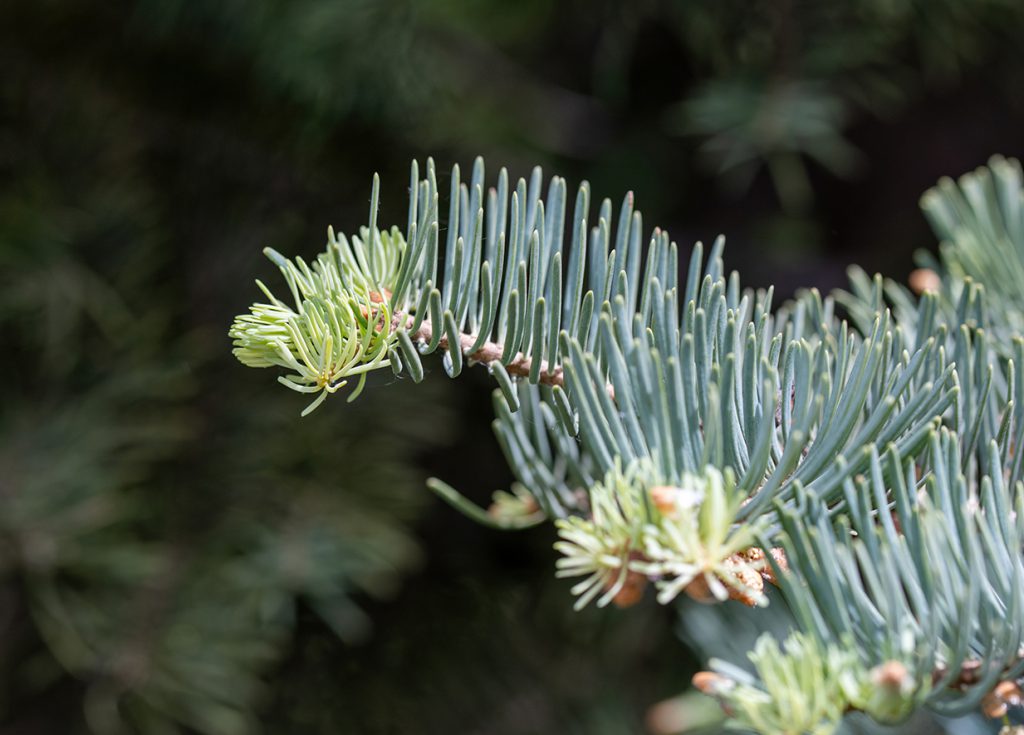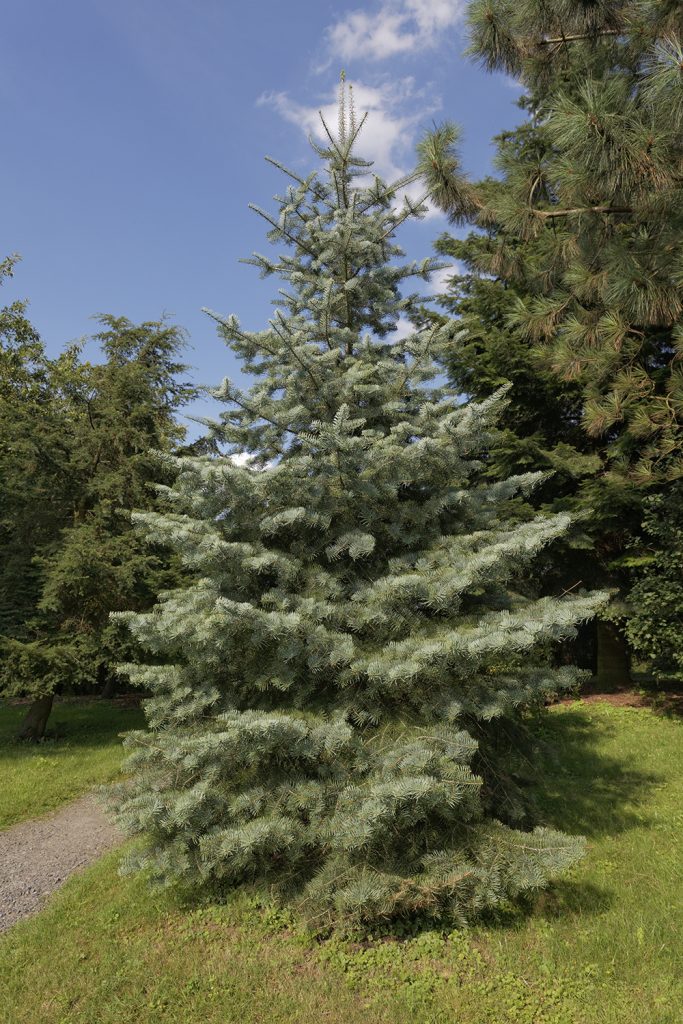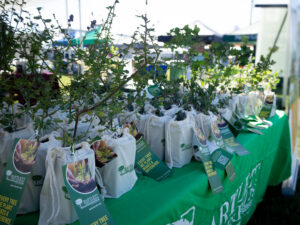Evergreen trees are frequently associated with sparkling snow and the Christmas season. Indeed, these trees shine in the landscape during winter when other color is hard to find. But the real value of evergreens is in their true, four-season beauty and adaptability. The white fir (Abies concolor) tree is no exception. This hardy species has good looks to offer all year long!

White fir, also known as concolor fir, grows in a pleasing pyramidal shape. This shape offers a nice contrast to deciduous trees and is practical for keeping wet, heavy snow off the upper branches. The white fir’s blusih or silvery-green needles are also an attractive feature. Cones start out light green and turn purplish as they mature. Beyond its appearance, white fir also has a lovely citrus scent.
Growing White Fir

White fir is native to mountainous areas of the southwestern United States. The tree will grow in a wide range of zones. It is tolerant of drought conditions as well as cold temperatures. White fir prefers well-drained soil. Do not plant it in clay or on poorly-drained sites. This can lead to problems with the root system.
White fir grows slowly. Over 15 to 30 years, the average tree will reach between 30 and 40 feet tall. A large one can grow up to 50 feet with a 20-foot spread. The tree can also be planted in groups to make a nice privacy screen. Be sure to leave enough room for each individual plant to grow to its full size.
Cultivars
If you would like a white fir and don’t have the space, there are cultivars for even the smallest landscapes. For example, Abies concolor ‘Compacta’ is a dwarf cultivar that grows in an oval shape and reaches only five feet tall. Abies concolor ‘Blue Cloak’ is a weeping cultivar with powder blue needles that grows between eight and ten feet. Abies concolor ‘Candicans Nana’ is a shrublike cultivar that grows to only four feet tall with a spread of six to eight feet wide.
History
Naturalist Augustus Fendler first identified the species. During an expedition to the New Mexico area in 1846, he brought the tree back to Missouri. The tree was named after the Latin ‘concolor,’ which refers to the fact that the needles are the same color on both the top and bottom.
The tree has little value as a lumber product, but is nevertheless well-loved. Another naturalist, Donald Peattie, first recognized the utility of this species. in 1953 he wrote, “Rather does the future of this tree lie in its value as an ornamental.”
Today, of course, we know he was right. The white fir is a favorite in urban landscaping that enhances the site no matter the season.



